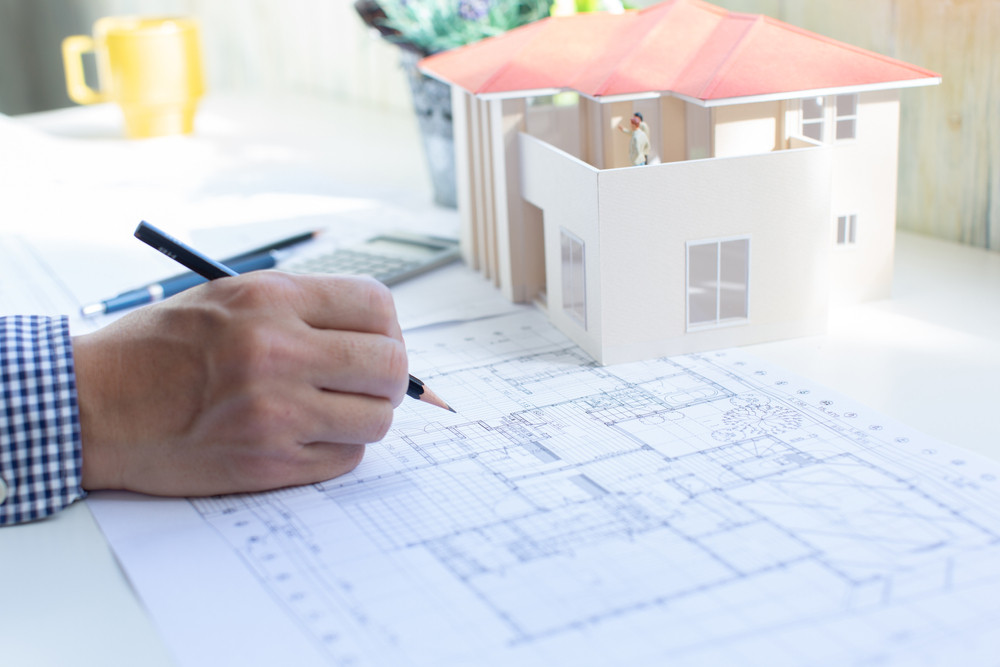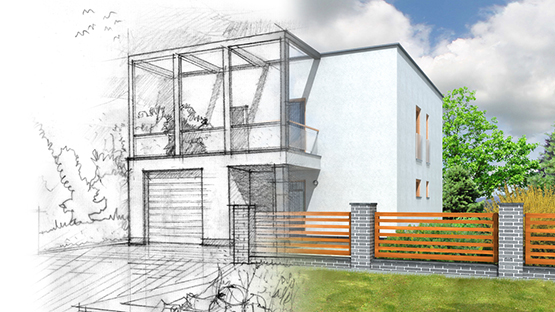Just How CDA Architects Deliver Cutting-Edge Solutions for Lasting Architecture
Just How CDA Architects Deliver Cutting-Edge Solutions for Lasting Architecture
Blog Article
The Important Duty of an Architect in Forming Lasting Urban Settings for Future Generations
The duty of an architect in crafting sustainable metropolitan settings is increasingly essential in reacting to the difficulties of climate modification and urbanization. By seamlessly integrating eco-friendly principles into their layouts, architects not just improve the visual and practical top quality of metropolitan rooms however also address pressing issues such as energy effectiveness and social equity.
Comprehending Lasting Urban Design
Lasting urban style integrates ecological concepts with urban planning to produce settings that are not just habitable however likewise durable. This technique emphasizes the value of including all-natural systems right into the city textile, making certain that development satisfies the requirements of the existing without endangering the capacity of future generations to fulfill their own demands. Crucial element of lasting metropolitan style include reliable land usage, the promotion of biodiversity, and the integration of green spaces, all of which add to improved top quality of life for homeowners.
In addition, sustainable urban style prioritizes the reduction of the metropolitan warm island result, improved air quality, and reliable stormwater administration. It encourages using eco-friendly sources and energy-efficient building methods, which dramatically reduced carbon impacts. In addition, lasting city layout promotes social equity by developing easily accessible public rooms and advertising mixed-use developments that cater to diverse populations.
Through thoughtful preparation and innovative layout approaches, sustainable urban settings can boost community resilience against climate modification while fostering financial growth. This alternative technique not just addresses prompt metropolitan challenges yet also lays the groundwork for healthier, much more sustainable cities for generations ahead.
Key Responsibilities of Architects
Engineers play an essential role in forming sustainable metropolitan atmospheres by converting layout principles into substantial frameworks and areas. Their duties incorporate a large range of tasks that contribute to the general success of metropolitan layout jobs.
Most importantly, designers conduct extensive site evaluations to recognize the ecological, social, and social context of their projects. This foundational understanding informs their style decisions, guaranteeing that structures harmonize with their surroundings. They also involve in joint processes with stakeholders, consisting of city coordinators, designers, and the community, promoting an inclusive approach to urban advancement.
In addition, designers are tasked with producing styles that optimize power efficiency, source preservation, and capability. They should stick to local zoning laws, developing codes, and sustainability accreditations, ensuring conformity while pressing the limits of advancement.
In addition, architects are in charge of managing the layout process, coordinating with various professionals throughout the building stage to guarantee that the vision is realized accurately (cda architects). Ultimately, their duty is not exclusively about appearances; it has to do with creating resilient, adaptive areas that enhance the lifestyle for existing and future generations, preparing for sustainable metropolitan living
Innovative Materials and Techniques

Additionally, innovations in modern technology have he said resulted in the advancement of high-performance materials, such as insulated concrete types (ICFs) and photovoltaic or pv glass, which add to power preservation and harness sustainable power. Methods such as easy solar style and green roofs additionally exhibit just how design can integrate with natural systems, lowering reliance on artificial heating & cooling.
Moreover, the combination of clever products, which adapt to environmental changes, uses promising opportunities for improving building efficiency. These products can react to temperature level changes or moisture degrees, maximizing convenience and sustainability.
Eventually, the tactical option and application of cutting-edge products and strategies empower designers to produce city spaces that are not just practical and aesthetically pleasing but additionally durable and ecologically accountable, making sure a sustainable future for generations to come. cda architects.
Area Involvement and Partnership
The success of cutting-edge materials and methods in lasting urban design is significantly boosted by energetic area involvement and cooperation. Engineers must identify that the built environment exceptionally impacts the lives of neighborhood citizens, making it essential to entail them in the style process. Involving the community cultivates a feeling of possession and liability, making sure that growths not only meet aesthetic and practical requirements however also show the worths and desires of those that inhabit them.

Effective community engagement additionally assists in prioritizing social equity within metropolitan advancement. By taking into consideration the voices of marginalized populations, designers can produce areas that are inclusive and fair. This way, neighborhood involvement and cooperation come to be indispensable to achieving really lasting urban settings that serve the requirements of existing and future generations.
Future Patterns in Sustainable Architecture
An emerging emphasis on flexible reuse and circular economy concepts is set to redefine the landscape of sustainable style. As cities come to grips with boosting population densities and ecological obstacles, architects are increasingly transforming to strategies that enhance existing frameworks rather than seeking brand-new builds. This method not just preserves cultural heritage however likewise substantially lowers resource intake and waste.
Additionally, improvements in technology are shaping future patterns in sustainable architecture. The assimilation of smart products and building systems enables real-time power administration, boosting efficiency and minimizing carbon footprints. Innovations such as environment-friendly roofs, living walls, and energy-generating exteriors are ending up being Continued common methods, further advertising ecological equilibrium within metropolitan settings.
Additionally, a shift in the direction of biophilic design is gaining traction, stressing the connection between nature and human health. By including natural environments, architects create spaces that foster mental health while advertising biodiversity.
Verdict
To conclude, designers are essential ahead of time sustainable urban atmospheres with their experience in layout, innovative materials, and neighborhood interaction. By focusing on power efficiency and source preservation, these experts add to the production of resistant city rooms that fulfill the demands of present and future generations. The assimilation of environmental principles not just boosts livability but also promotes social equity, ensuring advancements resonate with the worths and goals of the communities they serve.
Report this page